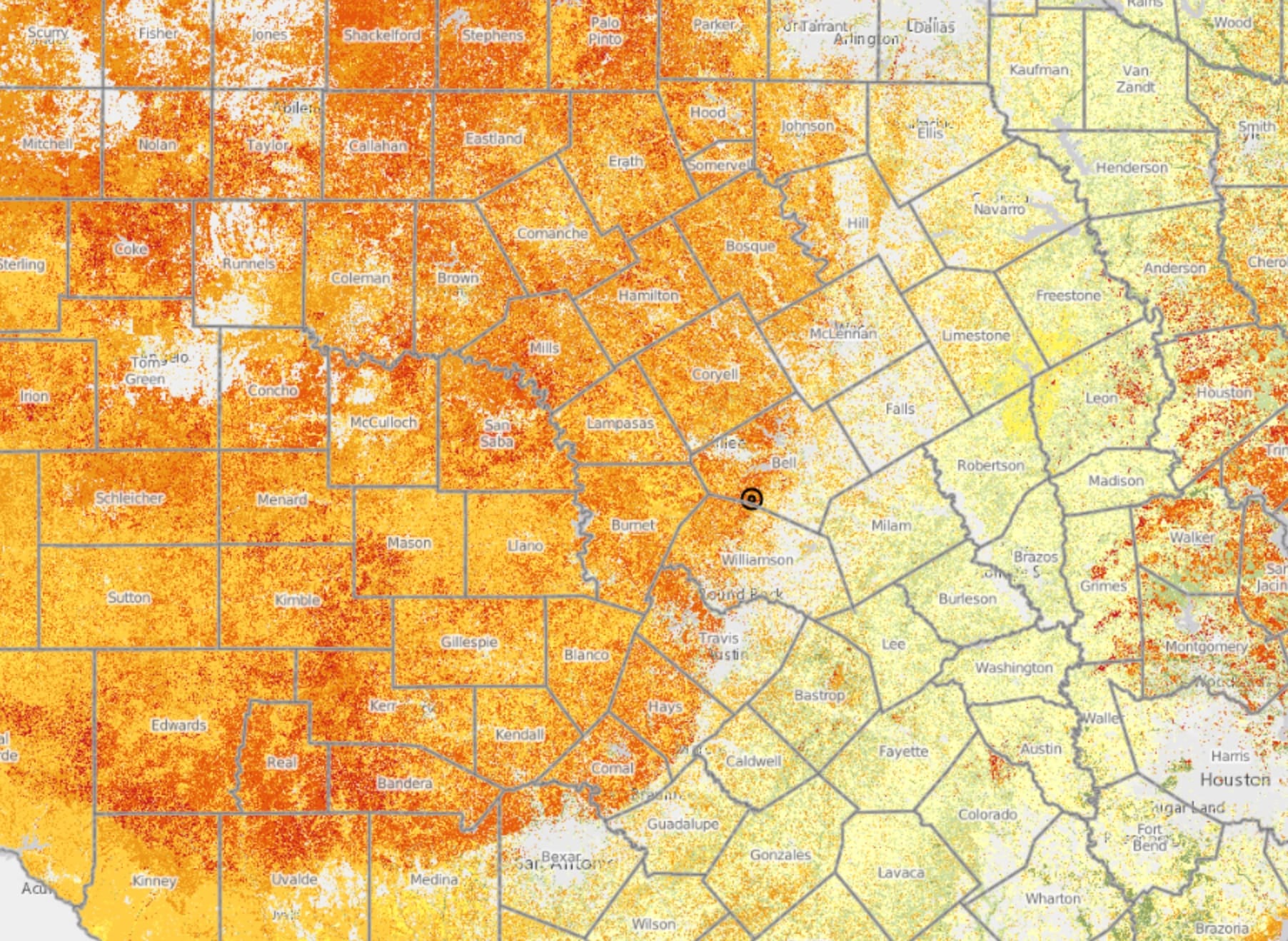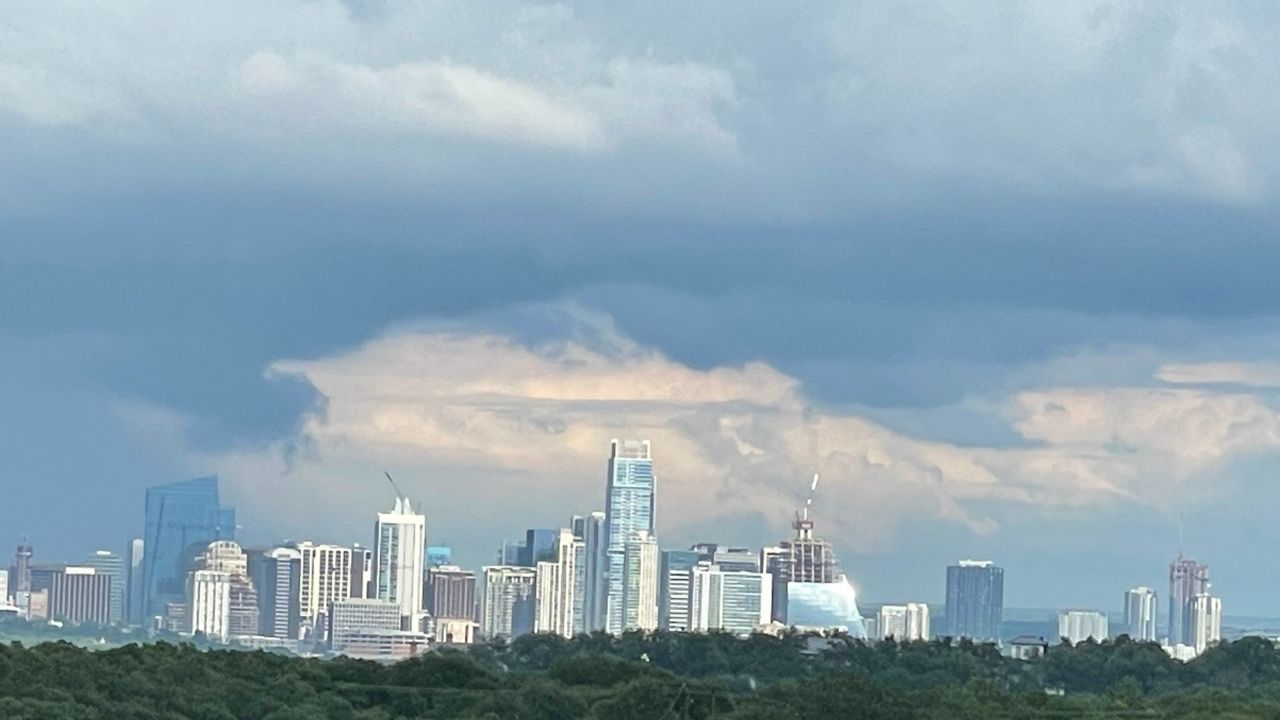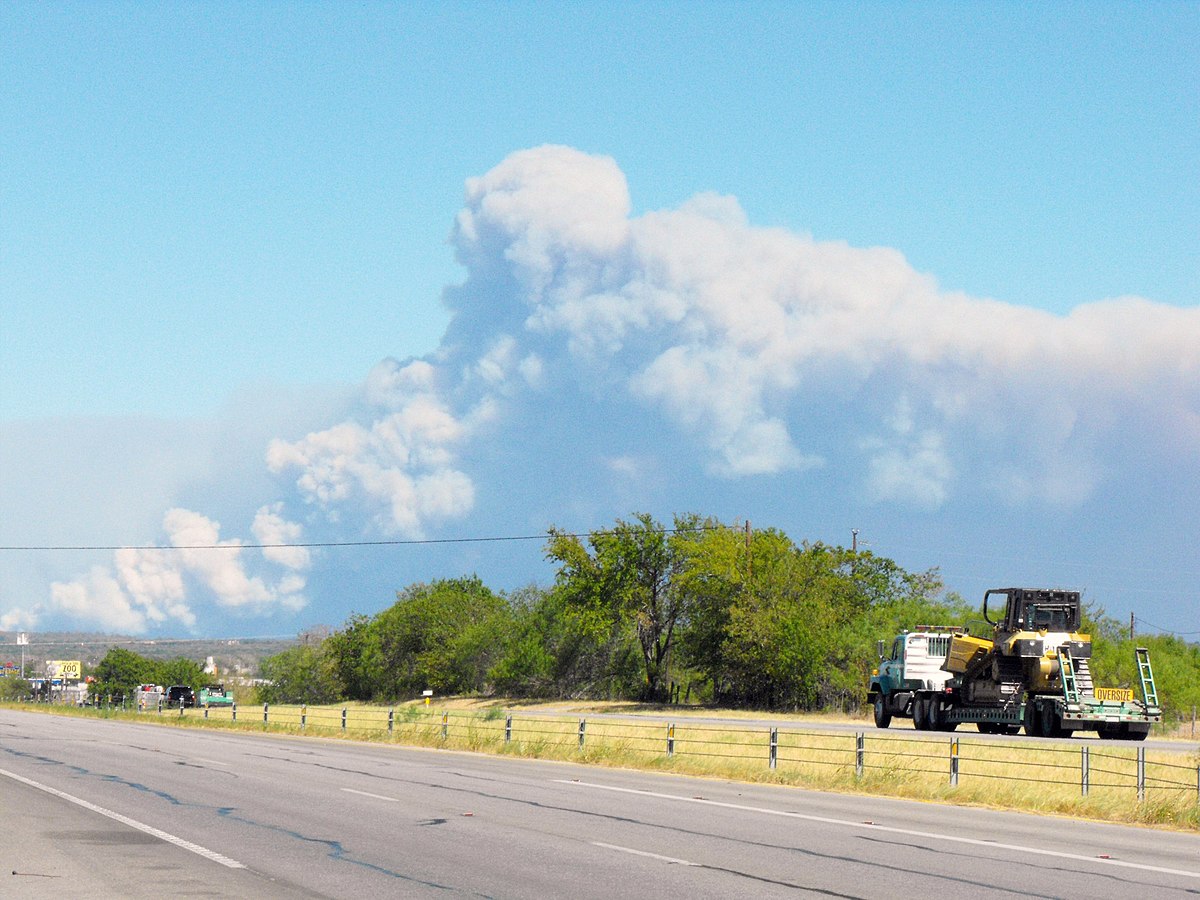How The Balcones Fault Molds Our City
Many Austinites do not realize that Austin actually sits smack dab in the middle of a fault line. This geological feature really shapes so much of the way Austin is.

Many Austinites do not realize that Austin actually sits smack dab in the middle of a fault line. I won't get too much into what that actually means, as I am not a geologist, and you probably don't care, but put very simply, it is the intersection of 2 tectonic plates. But this geological feature really shapes so much of the way Austin is.
Topography
The fault line runs almost straight down along Mopac highway, on the West side of Austin. As soon as you cross Mopac heading West, you will notice a lot of changes in topography. Where previously there was black clay, there is now hard Limestone everywhere. Where previously there was flat plains, there is now "the Texas Hill Country". Large and often very steep hills.
Desirability
Picture Austin but 50 years ago. You can choose to live in the rolling hills full of beautiful water features, state parks, scenic views, and a 33,000 acre wildlife preserve, or the flat plains that are largely equidistant from the city center. Most people are going to choose the hills, given the option. This creates a wide variety of disparities.
Housing Prices
Want to live in the more desirable part of town? You and everyone else. You're gonna have to pay for it. Homes in Travis county west of Mopac have a median price of $698k, as opposed to $430k East of Mopac (as of writing). That's a ~60% premium.
Schools
Schools in Texas are funded by property taxes. It makes no sense to me, but that's the way it is. If you look up your property tax breakdown, you can see exactly how much of your taxes go to fund your local schools. Your local government can compensate for this by lowering your taxes in high-value areas, or vise versa, but generally these Western neighborhoods are going to have better funding for schools, which is generally (but not necessarily) going to translate into higher-rated schools.
Culture
I don't think I'm going to touch too much on this one, but obviously the more wealthy side of town is going to have different "vibes" and different types of people.
Weather
Those who have lived here for a while are familiar with the peculiar weather patterns in the area impacted by the fault.
The scenario is this: Raging thunderstorms approach Travis County–with the city of Austin at the center–from the west, dropping heavy rain and producing severe weather. But as the convective line moves across the county, the storms suddenly weaken, sometimes nearly dissipating.
Then, as the line moves into eastern Travis County, the storms quickly re-intensify and rage again as they push eastward. The result is that heavy rain falls both west and east of the city, but little or none in the central part of Austin.

Home Foundations
A savvy home shopper will be on the lookout for foundation issues East of the fault. The black soil I mentioned previously results in unusually unstable dirt that homes are actually built on top of. This soil is extremely sensitive to moisture levels, and will expand and contract accordingly, like those cool dinosaur toys us '90s kids had.

This leads to homes developing large cracks in walls, ceilings, doorways and windows.
It can be repaired/remediated, but it's just something you need to keep an eye on as a home shopper or owner.
Fire Risk
The image used in this post is one from the Texas Wildfire risk explorer. I chose it because it is both a good look at where the fault line runs but also how it impacts the city. You can see that areas West of the Balcones fault have a significantly higher risk of wildfire damage. In fact, some will argue it is extremely high.
While we have had many small fires, we've been lucky enough to avoid anything catastrophic city-wide, but it doesn't seem like too many people are terribly invested in remedying the situation.
There was a large wildfire in 2011 but most of it was actually in the lower-risk area East of Austin.

I'm linking to a podcast below, which is an interview with Randy Denzer, the vice president of the Austin Firefighters Association, where he goes into great detail about this situation and the associated politics.
Earthquakes
Haha, just kidding. The Balcones fault is considered "geologically dead", and while we do get tremors from time to time, the last earthquake it had was in 1902 and centered in Creedmoor. It is considered to be in the lowest-risk zone in the US.
Thanks for reading.



